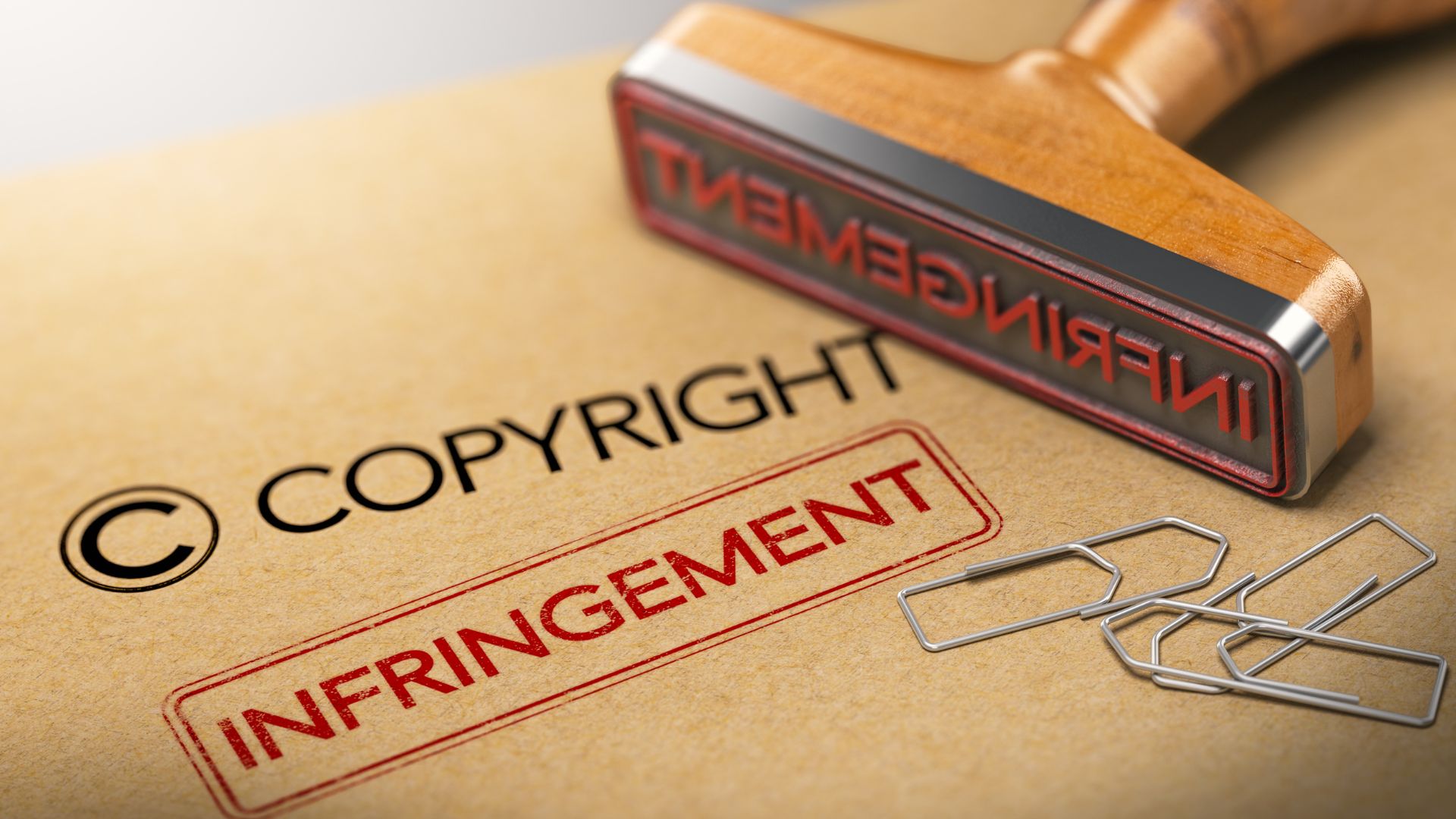
Images play a vital role in conveying information, helping to illustrate a story or market an initiative, service or event.
The hundreds of millions of images that are easily accessible on the internet have led to the common misconception that free-to-view also means free-to-use.
However, the vast majority of images on the internet are not available for others to re-publish, and more and more people, companies and charities, including churches, are finding themselves in legal hot water.
Some common misconceptions
One of the other big misunderstandings about illustrations or photographs is that they are only protected under the laws of copyright if accompanied by a copyright symbol.
This is not true.
Copyright automatically applies to any original illustration or photograph as soon as it is created.
The creator of that image is the copyright holder by default and does not have to mark their work with a symbol or register it with any governing body for their copyright to come into existence. It is immediate.
All types of visual art are subject to copyright including photos, maps, paintings, sketches etc.
Legal ownership
The copyright holder has the right to decide how their image can be used and by whom.
If their copyrighted material is published by someone else, without their permission, then they may choose to take legal action and seek financial compensation.
In the majority of cases of copyright infringement, action is not taken, sometimes, because the copywriter holder doesn't mind or perhaps doesn't even know that others are using their image, and how would they know when the internet is so vast?
This used to be the case, but with the advancements in AI search technology, a copyright holder, ooking for websites using their image without permission can perform a comprehensive search in a matter of seconds.
Ignorance won’t shield you from infringement claims. Even unintentional violations can harm your reputation and finances.
How to avoid copyright claims
The best way to avoid any potential copyright claims is to use images that you have created yourself, or where you have the express permission from the copyright holder.
This doesn't mean that you can't use any images you find on the web, the important thing is to ensure that permission has been granted for you to use the image in question.
The good news
Several websites provide high-quality images that you can use on your website and social media posts 'royalty-free' (without paying any fees).
Copyright for the images still exists, but the copyright holders have given their permission for their images to be used by others for free.
Two well-known websites that offer this service are:
To sum up
The internet is full of wonderful images but always check that you have permission to use them.
If you are still unsure or find yourself on the end of a claim and would like some advice, please contact the Communications team